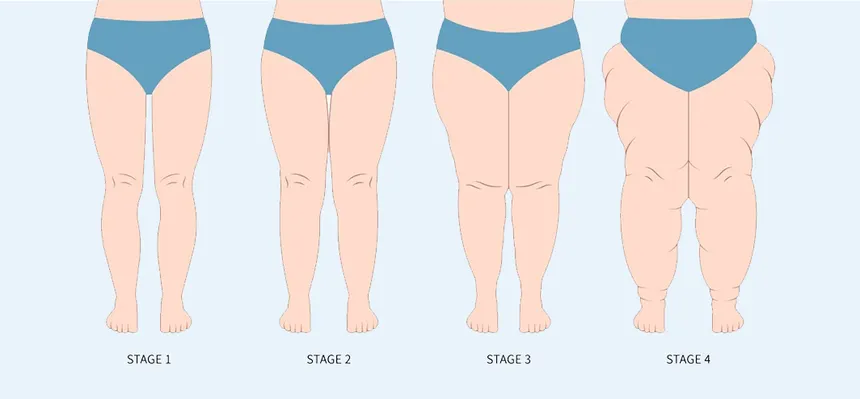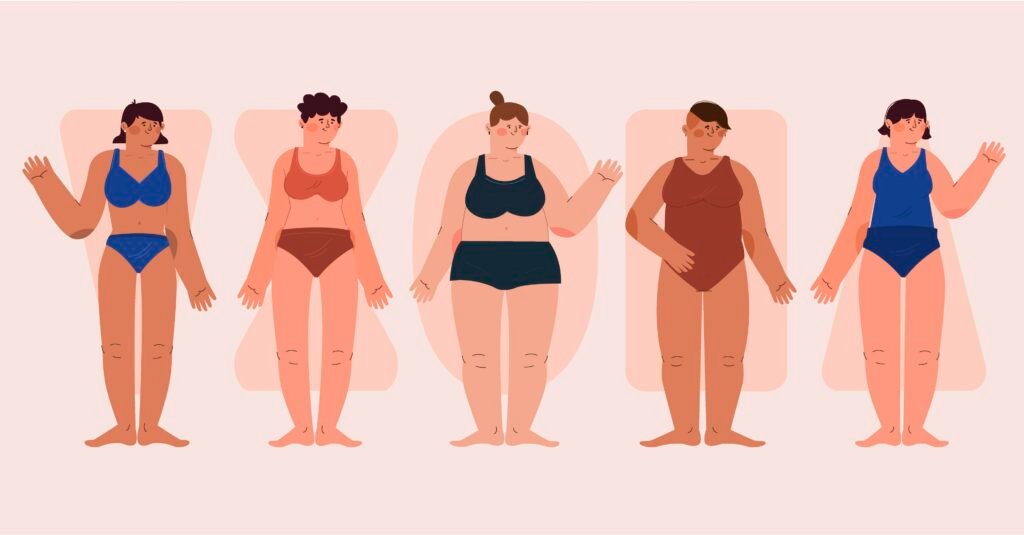If you’re dealing with persistent pain, swelling, or discomfort in your legs or arms that doesn’t seem to improve with diet or exercise, you might be experiencing lipedema—a condition that affects many women and can significantly impact daily life. At Advanced Rehabilitation Services, our occupational therapy clinic located in Morris County, Parsippany, New Jersey, we understand how challenging this can be and are here to help guide you toward effective solutions.
What Is Lipedema?
Lipedema is a chronic disorder characterized by the abnormal accumulation of fat tissue, typically in the lower body such as the legs, thighs, and buttocks, though it can also affect the arms. Unlike regular weight gain, lipedema fat is resistant to traditional weight loss methods and often leads to a disproportionate body shape. While the exact causes aren’t fully understood, it’s believed to involve genetic factors, hormonal changes (like those during puberty, pregnancy, or menopause), and possibly inflammation.
This condition primarily affects women and can progress through stages, starting with subtle changes and advancing to more pronounced lumps or nodules in the tissue. If left unmanaged, it may lead to secondary issues like lymphedema, where fluid buildup exacerbates swelling.
Common Symptoms of Lipedema, Including Pain and Discomfort
One of the most distressing aspects of lipedema is the physical discomfort it causes. Many people report:
- Chronic pain and tenderness: The affected areas often feel sore to the touch, with a heavy or aching sensation that worsens with standing or activity.
- Easy bruising: Even minor bumps can lead to significant bruising due to fragile blood vessels in the fatty tissue.
- Swelling and heaviness: Legs or arms may feel constantly swollen, making movement difficult and contributing to fatigue.
- Mobility challenges: As the condition advances, it can limit walking, exercising, or performing everyday tasks, affecting overall quality of life.
If you’re experiencing a lot of discomfort and pain due to lipedema, it’s important to know that you’re not alone—and there are options available to help manage and alleviate these symptoms, which we will discuss below!

Non-Surgical Approaches to Managing Lipedema
Before considering more advanced interventions, many start with conservative treatments to reduce symptoms. These can include:
- Occupational therapy to enhance mobility and strength, as well as help you in the ways listed below;
- Compression garments to improve circulation and reduce swelling.
- Manual lymphatic drainage (MLD) massage to encourage fluid movement.
- A balanced diet and low-impact exercise, like swimming or walking, to support overall health without straining the affected areas.
While these methods can provide relief for milder cases, they may not fully address the underlying fat accumulation in more severe instances, especially when pain persists.
Liposuction: A Surgical Solution for Lipedema Relief
For those suffering from significant discomfort and pain due to lipedema, liposuction emerges as a viable surgical solution that might be worth considering. This procedure specifically targets and removes the abnormal fat deposits that cause the pain and mobility issues associated with the condition.
Specialized forms of liposuction, such as tumescent or water-assisted liposuction, are often recommended for lipedema because they are gentler on the tissues and help preserve lymphatic function. During the procedure, a surgeon uses small incisions to insert a cannula that suctions out the excess fat, leading to:
- Reduced pain and tenderness: Many patients experience a notable decrease in chronic aches and sensitivity post-surgery.
- Improved mobility: With less bulk in the affected areas, everyday activities become easier, and patients often report better energy levels.
- Enhanced body contour: While not a cosmetic procedure primarily, it can result in a more proportionate appearance, boosting confidence.
- Long-term benefits: Studies and patient reports indicate that liposuction can prevent further progression of lipedema when combined with ongoing conservative care.
It’s essential to consult with a qualified specialist experienced in lipedema treatment to determine if you’re a good candidate. Factors like the stage of your lipedema, overall health, and previous treatments will be evaluated. Recovery typically involves wearing compression garments, managing swelling, and gradual return to activities, with most people seeing improvements within weeks to months.
Is Liposuction Right for You?
Deciding on surgery is a personal choice, but we recommend first trying the non-surgical options to see if they can provide enough relief from your lipedema-related pain and discomfort at first. But if non-surgical treatment doesn’t provide the relief you are looking for then liposuction could be a transformative step. Always discuss potential risks, such as infection or uneven results, with your healthcare providers to make informed decisions.
At Advanced Rehabilitation Services located in Morris County, Parsippany, New Jersey, we’re committed to supporting your journey toward better health with our expertise. If you have questions about lipedema, liposuction, or how occupational therapy can play a role in your recovery, please feel free to reach out to us—we’d be happy to chat and help you explore your options.

